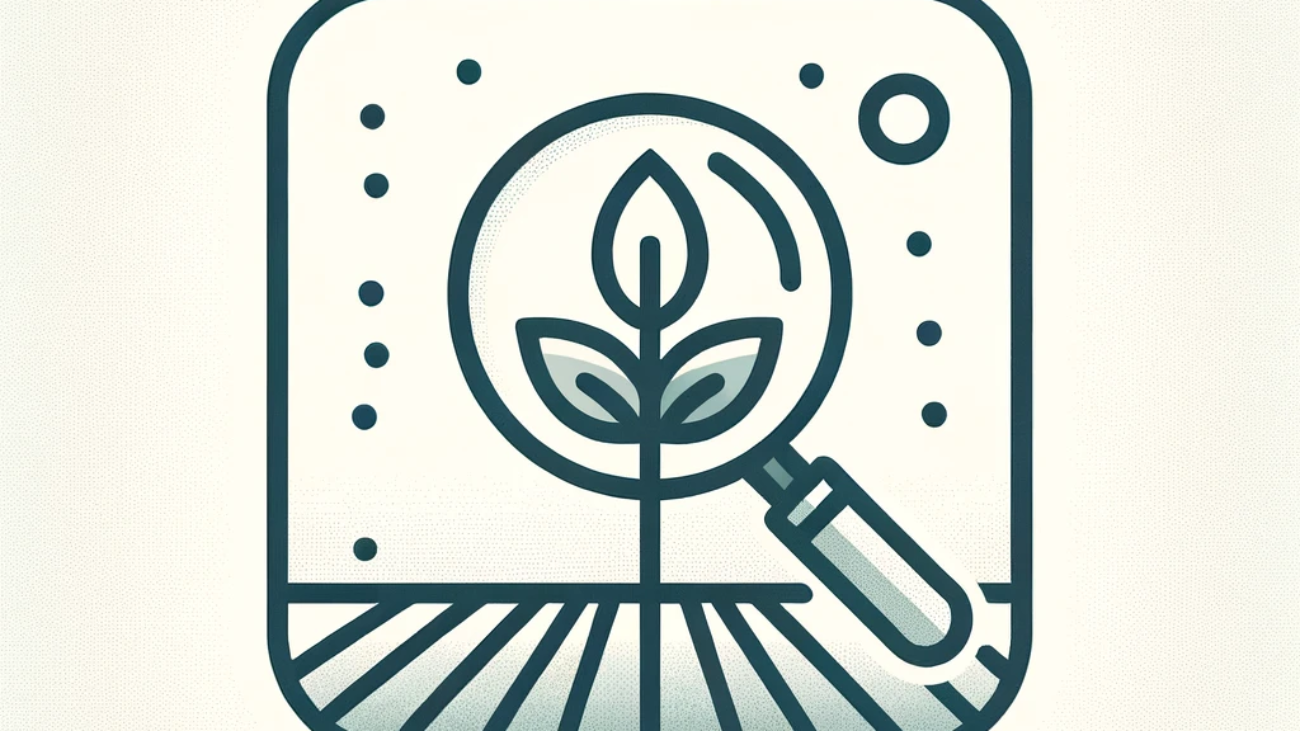Investing in agricultural research and development (R&D) is pivotal for enhancing productivity, sustainability, and resilience in the agricultural sector. As the global population continues to grow and climate change presents new challenges, countries around the world are increasingly recognizing the importance of robust R&D policies to secure their food supplies and bolster their economies. This article examines the agricultural R&D investments of key regions, comparing their strategies, funding levels, and the impact these investments have on their agricultural sectors.
Australia, India, China, the European Union, and the United States are some of the leading regions in terms of agricultural R&D spending. Each of these regions has adopted unique approaches to fund and support agricultural research, reflecting their specific economic, environmental, and social contexts. By analyzing the investment patterns and outcomes in these regions, we can gain insights into how different R&D policies contribute to advancements in agricultural technology and practices, ultimately enhancing food security and economic stability.
Understanding the comparative landscape of agricultural R&D investment is crucial for policymakers, researchers, and stakeholders in the agricultural sector. It highlights the disparities in funding and the varying emphasis on public versus private sector involvement. This article delves into the specific R&D expenditures of these key regions, providing a comprehensive overview of how much is being spent and the strategic priorities guiding these investments. Through this analysis, we aim to underscore the significance of sustained and targeted R&D funding in driving agricultural innovation and addressing global food challenges.
Australia’s Agricultural R&D Spending
Australia has consistently invested in agricultural research and development (R&D) to bolster its agricultural sector. In the fiscal year 2022-23, total agricultural R&D funding in Australia was $2.32 billion (approximately 1.57 billion USD), slightly down from $2.35 billion the previous year. This substantial investment underscores Australia’s commitment to maintaining and advancing its agricultural productivity and sustainability. The average annual growth rate of agricultural R&D funding was 2.01% from 2013-14 to 2022-23, reflecting a steady and deliberate increase in resources allocated to this critical area.
The majority of Australia’s agricultural R&D investment comes from the public sector. In 2022-23, the Australian and State governments collectively contributed $1.32 billion to agricultural R&D. This significant public sector investment highlights the government’s role in supporting foundational research and innovation that benefits the broader agricultural community. The government’s consistent funding ensures that key research initiatives can continue to address emerging challenges and opportunities in agriculture, from improving crop yields to developing sustainable farming practices.
The private sector also plays a crucial role in Australia’s agricultural R&D landscape, contributing $1.00 billion in 2022-23. Over the past decade, private sector funding for agricultural R&D has grown at an average annual rate of 1.78%, slightly slower than the public sector’s 2.17% growth rate. This complementary investment from the private sector is vital for translating research into practical applications and commercial innovations. Private companies often focus on applied research and development, bringing new technologies and products to market that can enhance the competitiveness and efficiency of Australia’s agricultural industry. Together, the combined efforts of public and private investments are driving progress and ensuring the sector’s long-term viability.

India’s Growing Investment in Agricultural R&D
India has significantly increased its investment in agricultural research and development (R&D) through prominent institutions like the Indian Council of Agricultural Research (ICAR) and State Agricultural Universities (SAUs). These institutions play a crucial role in driving agricultural innovation and improving productivity across the country. The budget for the Department of Agricultural Research & Education (DARE) rose from Rs. 7846.17 crores (approximately 940.79 million USD) in 2019-20 to Rs. 9504 crores (around 1.14 billion USD) in 2023-24. This increase reflects India’s commitment to enhancing its agricultural sector through sustained investment in research and education.
Despite the substantial R&D budget, India’s per capita expenditure on agricultural research remains relatively low compared to countries like Australia. This disparity is primarily due to the vast difference in population sizes. With a population of 140 crores, India faces the challenge of spreading its R&D investments across a significantly larger number of people and a more extensive agricultural landscape. In contrast, Australia, with a population of only 2.6 crores, can achieve higher per capita spending, allowing for more intensive investment in agricultural research and development on a per-person basis.
The lower per capita agricultural R&D spending in India underscores the need for continued and even greater investment to meet the demands of its large and diverse agricultural sector. Increased funding can support the development and dissemination of advanced agricultural technologies, improve crop yields, and promote sustainable farming practices. By addressing the unique challenges posed by its vast population and varied agricultural conditions, India can enhance its agricultural productivity and ensure food security for its growing population. The strategic allocation of R&D resources, combined with effective implementation, will be key to achieving these goals and maintaining the momentum of agricultural growth in India.
Agricultural R&D Investments in Other Key Regions
China has been a major player in agricultural R&D, with spending reaching $10 billion by 2015. This figure is expected to be much higher today, reflecting China’s commitment to advancing its agricultural capabilities.
In the European Union, a substantial budget has been allocated for agricultural research and innovation. The multi-annual financial framework (MFF) for 2021 to 2027 includes €10 billion for research and innovation projects in food, agriculture, rural development, and the bio-economy.
In the United States, the total agricultural R&D spending was estimated to be between $15 billion and $20 billion by 2020. Notably, private sector investment in agricultural R&D was two to three times that of the public sector, highlighting the significant role of private enterprises in advancing agricultural technology and innovation.
According to the OECD (2022), as a share of the value of agricultural production at the farm gate, Brazil’s public sector expenditures on agricultural R&D were the largest in 2019-2021 at 0.9%, compared with 0.7% in the United States, 0.4% in China, and 0.3% in India. This indicates the critical importance of R&D investment for sustainable agricultural growth and competitiveness.
In summary, agricultural R&D investment varies widely across key regions, with developed countries typically spending more per capita than developing nations. These investments are crucial for driving innovation, increasing productivity, and ensuring food security in the face of global challenges.


Leave A Comment